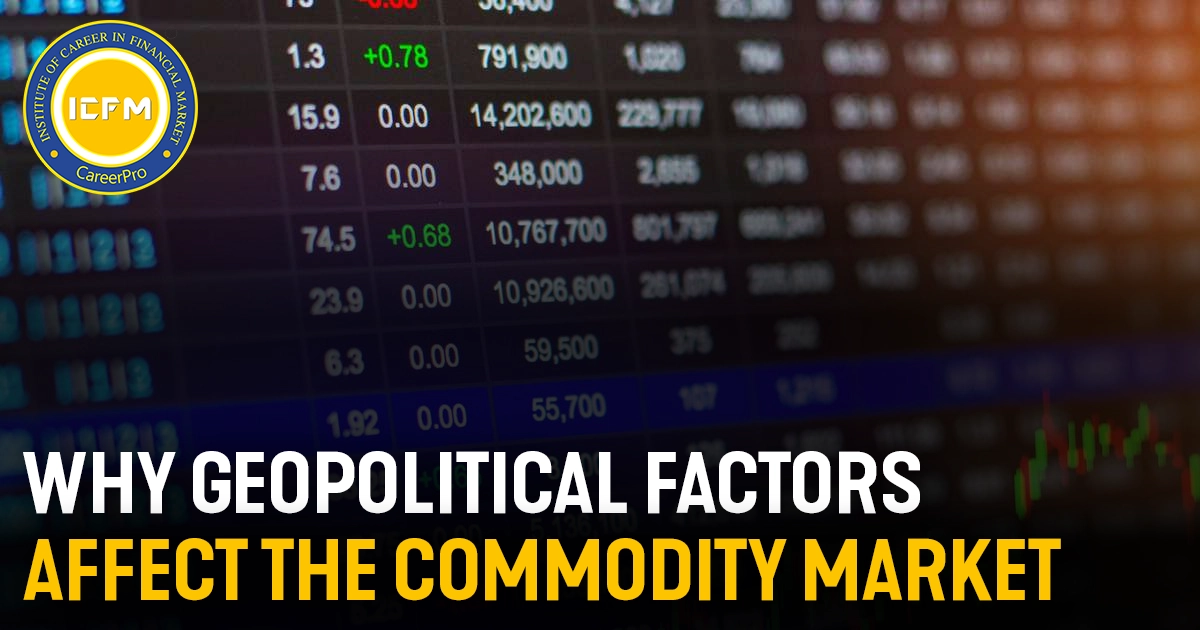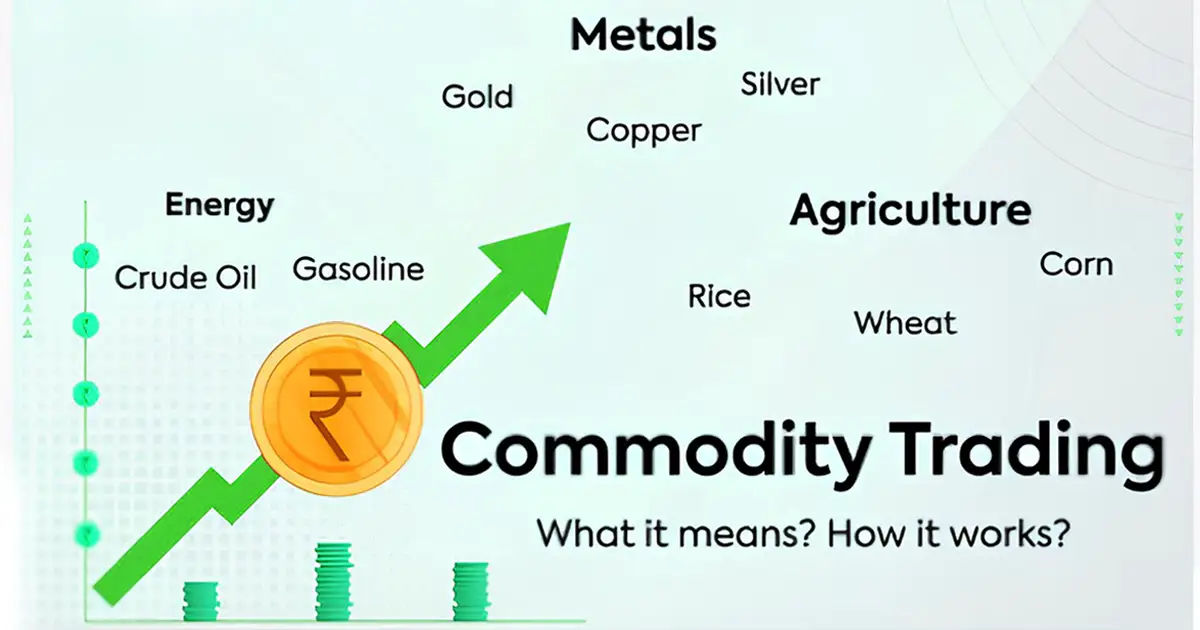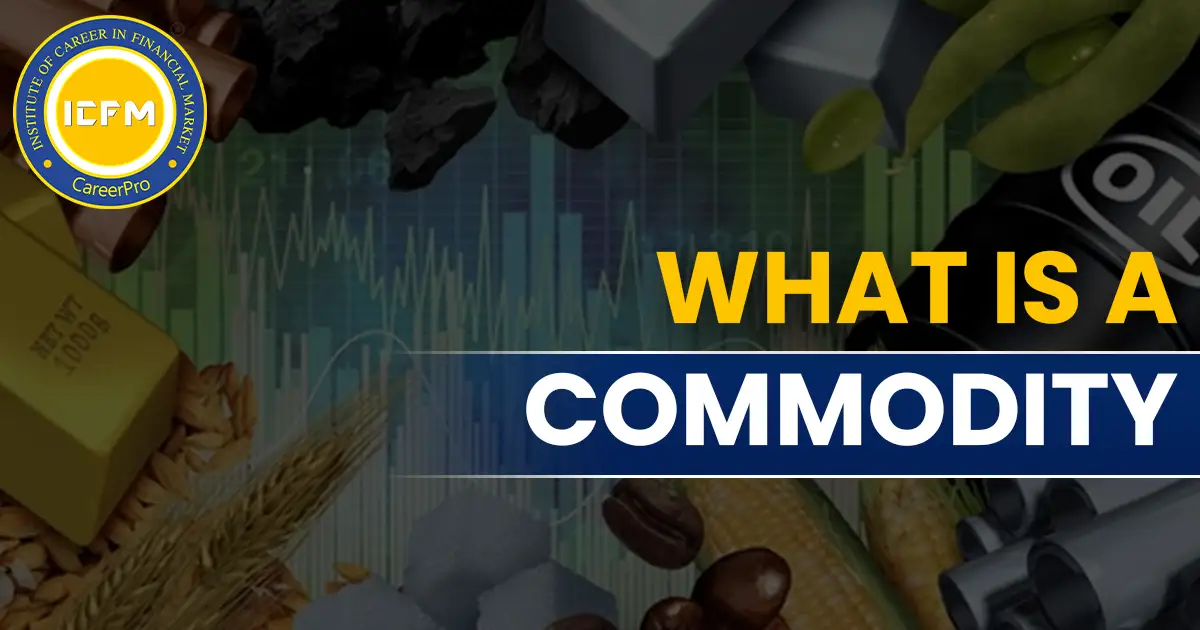The commodity market is arguably the most impacted sector by international geopolitical shifts. Be it geopolitical controversies concerning oil, agrarian products, metals, or even energy commodities, they all have an enormous bearing on markets and their movements. The foresight of possible market disruptions or opportunities for investors, traders, and policymakers is bound by watching closely. This is why and how geopolitics impacts the commodity market.
1. Geopolitical Supply Chain Impact
Geopolitical relations, trade conflicts, and also sanctions have the ability to profoundly disrupt supply chain stability. As an example, Russia’s invasion of Ukraine in 2022 spiked wheat and oil prices because of crucial supply route blockages. Similarly, conflicts in the Middle East tend to create oil supply vacuum which cause price inflation.
2. Policy of Trade Barriers and Tariffs
Commodity pricing, as well as availability, can be changed with the implementation of tariffs and trade barriers by the government. The trade conflict between the US and China also included exorbitant tariffs on agricultural products such as soybeans which impacted the world’s demand and supply. Such actions tend to increase inflationary pressure or supply shortage in the case of importing country.
3. Changes in Currency Value and Inflation
Geopolitical issues are known to change the value of a countries currency which directly impacts the value of that particular country's commodities. Since almost all goods are valued in dollars, the demand for these goods is low in other countries which forces the value of dollar to increase. Commodity-driven inflation also increases the value of the monetary assets needed to purchase the goods, having a negative impact on the selling price as well.
4. Restrictions on Export and Sanctions
Exporting crucial goods can be hindered by sanctions placed on a country by other world powers. Constraints placed on the exports of oil from Iran is one example which led to increase in its value resulting in lack of availability. The ban on important Chinese rare metals is also equally damaging for the manufacturing and technology industries in the world.
5. Resource Nationalism and Energy Security
Protection of natural resources and the energy sources of a country are ranked high on the priority list of many nations, prompting them to restrict foreign access or invest in those particular areas. Countries which have an abundance of resources such as Venezuela or Russia are able to make use of these resources for interfering in international politics which greatly affects the stability of pricing as well as accessibility of the goods.
6. Political Instability and War
Unresting governments during war and violent events create unpredictability in the market commodities. Oil supply was reduced greatly due to the Arab Spring while conflict in Africa has been damaging the gold and diamond mines all over the countries. Responding investors tend to stockpile these as safe assets to protect their wealth which greatly increases the price of gold.
7. Green Policy and Climate Change
The adoption of green policies has placed further strain on the economies of countries that utilize fossil fuels and changes energy markets. Moreover, the shift towards renewable sources of energy also affects the demand and prices of metals like lithium, cobalt, and nickel, due to their usage in batteries.
Final Comments
As before, commodity markets continue to be driven more by geopolitics. Investors and traders need to track global events, changes in the policy of trade, and politics to make rational decisions. Enhanced globalization will further exacerbate geopolitical risks as these will continue to alter the pricing of commodities and otherwise be needed in any thorough market analysis.







